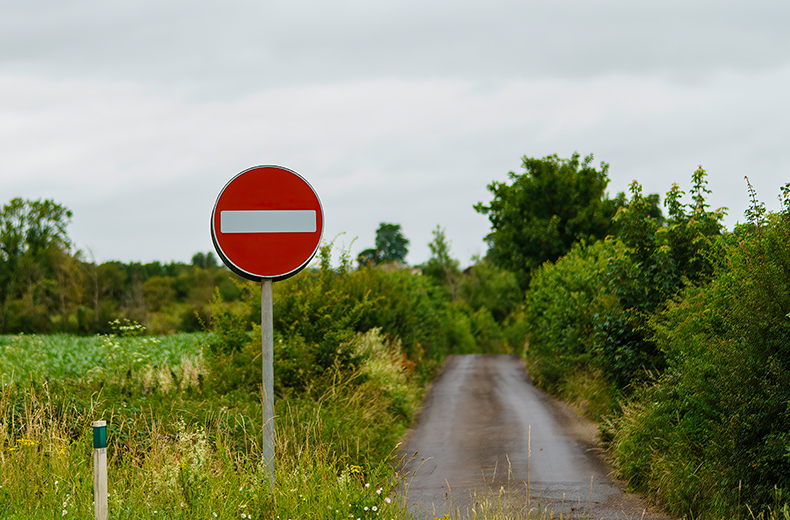A Simple Guide to UK Road Signs
Posted by Brad Jones on
Road signs are an essential part of the UK's road infrastructure, providing important information to motorists and other road users to help them navigate the roads safely and efficiently. In this blog post, we will take a closer look at some of the most common road signs you are likely to encounter on UK roads.
The first thing to note about UK road signs is that they are divided into several different categories, including regulatory signs, warning signs, and informational signs. Regulatory signs are used to inform road users of rules and regulations that must be followed, such as speed limit signs and no entry signs. Warning signs are used to alert road users to potential hazards on the road, such as sharp bends or level crossings. Informational signs provide important information about facilities and services, such as tourist information or petrol stations.
One of the most common regulatory signs you will see on UK roads is the speed limit sign. These signs are circular and feature a number inside, which indicates the maximum speed that is permitted on that particular stretch of road. For example, a speed limit sign with a number 30 inside indicates that the speed limit on that road is 30mph. It is important to note that the speed limit is the maximum speed you are allowed to travel at, not a target that you should aim for. Driving at a speed that is too fast for the road conditions can be dangerous, so always make sure to adjust your speed accordingly.

Another common regulatory sign you are likely to see on UK roads is the no entry sign. This sign is typically red and features a white diagonal line across it, with the words "no entry" written in the centre. As the name suggests, this sign indicates that you are not allowed to enter the road ahead. This can be for a variety of reasons, such as the road being a one-way street or a private road. If you see a no entry sign, you must not enter the road ahead and should instead look for an alternative route.

Warning signs are used to alert road users to potential hazards on the road. These signs are typically triangular in shape and feature a yellow background with black symbols or text. Some common warning signs you might encounter on UK roads include:
- The curved arrow sign, which indicates that the road ahead is about to bend. This sign is often used in conjunction with a speed limit sign to remind drivers to slow down before the bend.
- The level crossing sign, which indicates that a railway crossing is ahead. This sign is often accompanied by flashing lights and a barrier to warn road users of the approaching train.
- The pedestrian crossing sign, which indicates that there is a pedestrian crossing ahead. This sign is often accompanied by zig-zag lines on the road to warn drivers to slow down and be prepared to give way to pedestrians.

Informational signs provide important information about facilities and services that are available on or near the road. These signs are typically rectangular in shape and feature blue backgrounds with white symbols or text. Some common informational signs you might encounter on UK roads include:
- The petrol station sign, which indicates that there is a petrol station ahead. This sign is often accompanied by a symbol of a petrol pump to help you easily identify it.
- The tourist information sign, which provides details of nearby attractions and places of interest. This sign is often accompanied by a symbol of an information point to help you easily identify it.
- The hospital sign, which indicates that there is a hospital nearby. This sign is often accompanied by a symbol of a red cross to help you easily identify it.
In conclusion, UK road signs play a vital role in keeping road users safe and informed. By understanding the different types of road signs and what they mean, you can navigate UK roads more.
If you require any further information on road signs please contact our team on 0161 706 0479 or email us at info@streetsolutionsuk.com and we will be more than happy to help.
